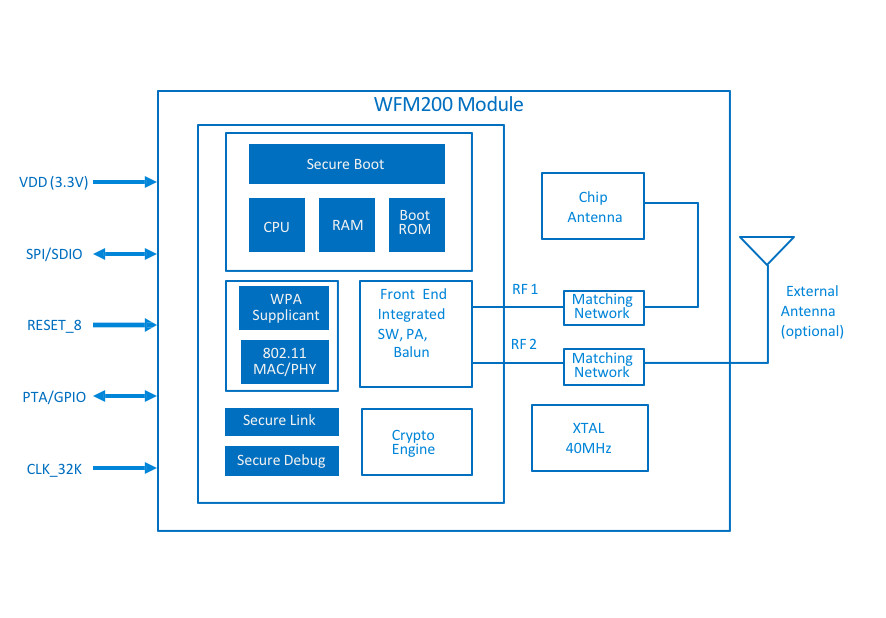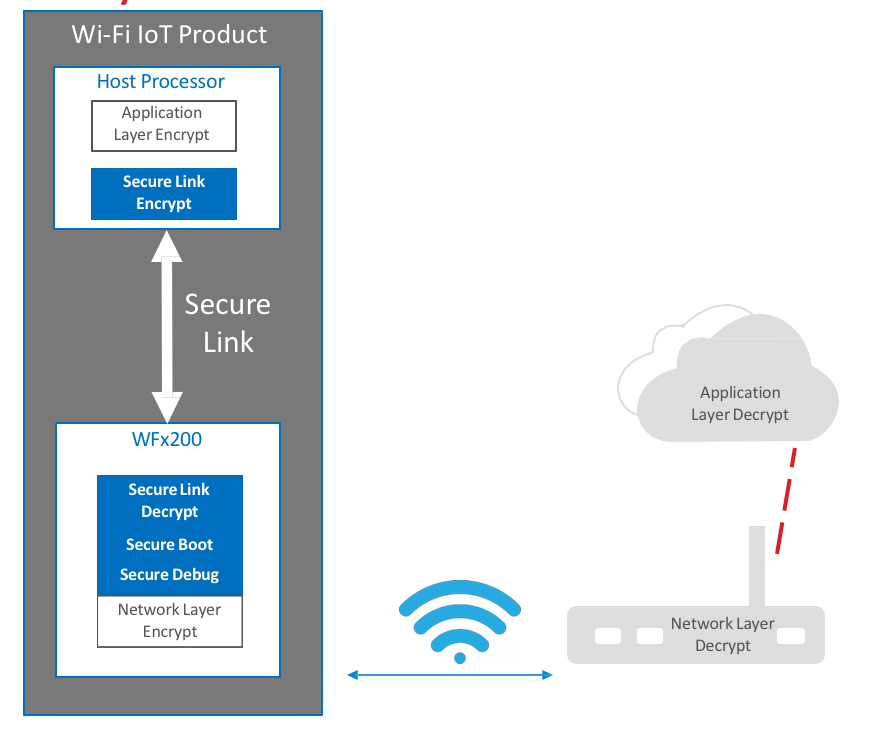- Home
- Symmetry Blog
- Wi-Fi devices cut power in half, bring security
From Microcontroller Tips: Wi-Fi devices cut power in half, bring security to battery-powered IoT applications
About Aimee Kalnoskas
Given the crowded field and reasonably mature market of Wi-Fi, it is noteworthy that Silicon Laboratories recently introduced a new Wi-Fi portfolio aimed at simplifying the design of power-sensitive, battery-operated Wi-Fi products including IP security cameras, point-of-sale (PoS) terminals and consumer healthcare devices.
Siddharth Sundar, Design Manager at Silicon Labs, explained, “We look at Wi-Fi from a different perspective. Most solutions come from suppliers with a cell phone or access point heritage — chips for heavy-duty media streaming, for instance. We come from the opposite side of mesh networking and wireless technology. As we worked with customers, we saw the need for IoT-friendly Wi-Fi solutions that accommodate the data, network, and battery constraints of these device. We took that technology and our low power and RF expertise and scaled it down for Wi-Fi devices in the IoT. The two new devices in this portfolio, the WF200 transceivers and WFM200, modules are built from the ground up with expertise from acquisition and legacy in communications.”
The new Wi-Fi devices offer low transmit (TX: 138 mA) and receive (RX: 48 mA) power delivers 200 µA average Wi-Fi power consumption (DTIM = 3)
Optimized for exceptional energy efficiency, the WF200 transceivers and WFM200 modules support 2.4 GHz 802.11 b/g/n Wi-Fi while delivering the high performance and reliable connectivity necessary as the number of connected devices increases in home and commercial network
With the understanding that security is an evolving “thing” in the Internet of Things, Silicon Labs built a comprehensive security solution into the modules that disallows code that has not been signed and authenticated by Silicon Labs from running and keeps legacy firmware immune from hacks.
Silicon Labs’ devices include secure booth and host interface, and hardware cryptography acceleration supporting AES, PKE, and TRNG.
“Naturally, there will be updates and patches that will that customers will apply. But our firmware and code are authorized with Secure Boot. And Secure Debug prevents unauthorized access to debug ports. So even if a vulnerability is found once a customer implements a patch, a hacker can’t roll back the firmware,” says Sundar.
The modules include standard host application, network, and wireless security protocols such as TLS, SSL, and WPA. Additionally, data transferred between host processor and WFx200 safeguarded with Secure Link to protect information like SSIDs and passwords.
According to IHS Markit, the market for Wi-Fi devices in low-power IoT end node applications is forecast to grow from 128 million units per year in 2016 to 584 million units per year by 2021. Developers can speed time to market and miniaturize battery-operated Wi-Fi products with the WFM200, the world’s smallest pre-certified system-in-package (SiP) module with an integrated antenna. Silicon Labs’ WF200 transceiver provides a cost-effective option for high-volume applications and gives developers the flexibility to meet unique system design requirements, such as using external antennas.
The energy-efficient WF200 transceiver and WFM200 module provide an array of benefits for Wi-Fi enabled IoT applications including: a small-footprint 4 mm x 4 mm QFN32 transceiver and 6.5 mm x 6.5 mm LGA52 SiP module, ideal for space-constrained applications; antenna diversity and wireless coexistence in crowded 2.4 GHz environment; pre-certification by the FCC, CE, IC, South Korea and Japan to minimize development time, effort and risk; and comprehensive development tools and wireless starter kit including embedded and Linux host drivers, enabling developers to get started quickly.
Silicon Labs is sampling WF200 transceivers and WFM200 SiP modules to selected customers, and production parts are planned for Q4 2018.
More information: www.silabs.com/low-power-wi-fi
Check out this video with Sid Siddharth Sundar at Embedded World 2018 talking about the new transceiver and SiP modules:



